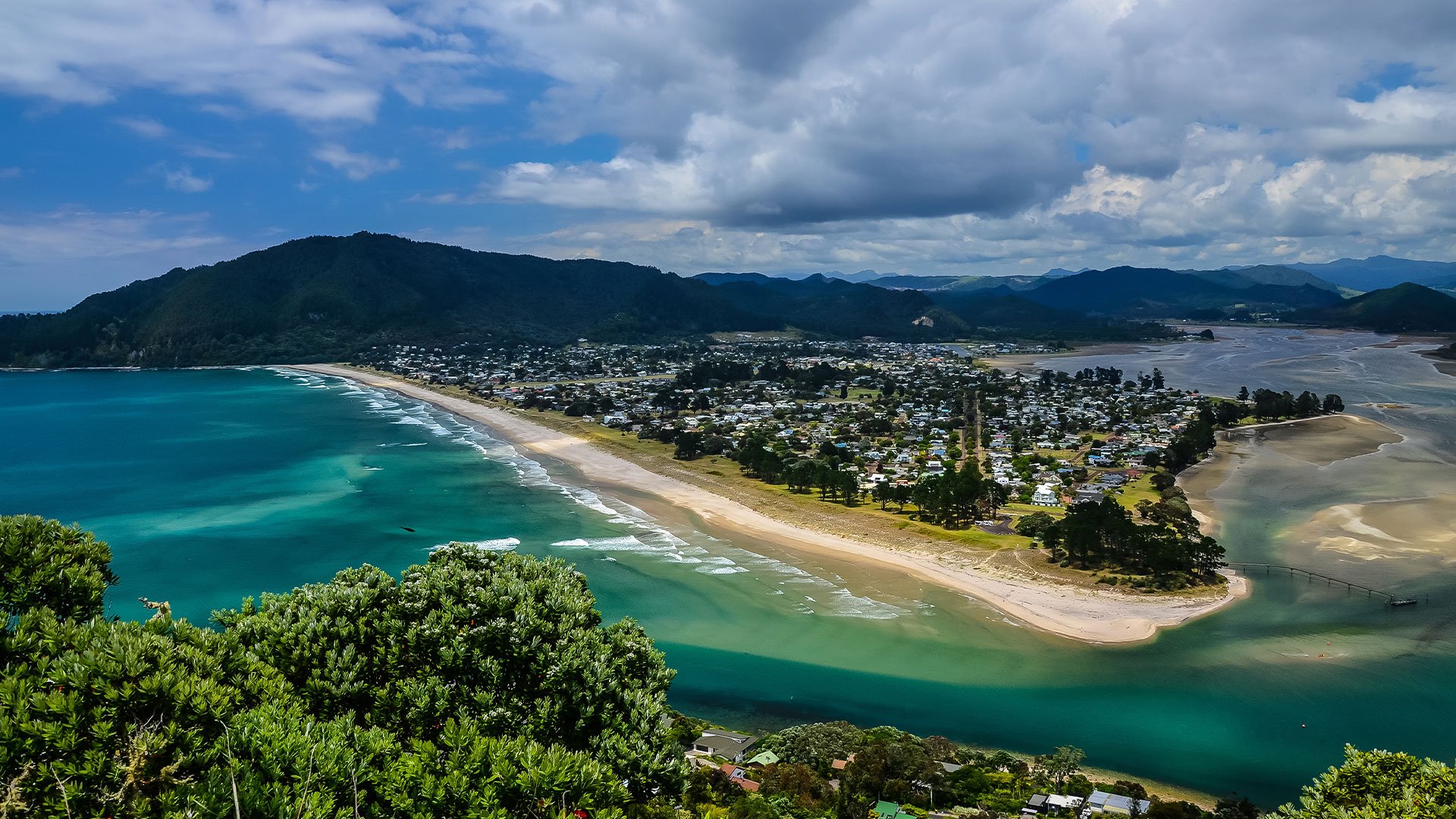The Thames Coromandel Shoreline Management Pathways Project

Project facts
- ClientThames Coromandel District Council
- LocationCoromandel Peninsula, New Zealand
- Date2019-2022
- Project typeDeveloping the Thames Coromandel Shoreline Management Plan
The challenge: Determining appropriate adaptation strategies based on barriers specific to each community
The Coromandel Peninsula in New Zealand has 400km of coastline. In response to climate change, Thames Coromandel District Council needed a framework for the management and reduction of risks to people, property, the environment and tāonga associated with coastal hazards.
And with 90% of the peninsula’s population living in coastal zones, building resilience for 30,000 permanent residents and 300,000 holiday makers per year was vital.
Thames Coromandel District Council needed adaptation strategies to inform its investment decisions for the future – and secure community buy-in for long-term coastal adaptation projects. This included identifying areas of coastline which would most benefit from resilient infrastructure, as well as other locations where there is no viable way to hold back the sea.
The solution: Coastal adaptation pathways and a community-focused shoreline management plan
Royal HaskoningDHV helped Thames Coromandel District Council develop its shoreline management plan. And with the decisions covering a 100-year time frame, we made sure to engage the local community at every stage.
By hosting public engagement events and coastal panel meetings, we built community engagement in parallel with our technical assessment. We conducted hazard and risk assessments, frequency analysis, option appraisal and calculation of triggers and signals.
Our work covered scoping, modelling, and mapping – focusing on coastal inundation, erosion, and landslides – to deliver a complete technical i-Report and provide meaningful recommendations.
Next to identifying and assessing climate hazards, we’ve provided Thames Coromandel District Council with coastal adaptation strategies and pathways to manage risk and to help protect coastal communities and assets well into the future.
The result: A clear roadmap for a climate resilient future
Thames Coromandel District Council has now a clear direction for its future planning with138 new coastal adaptation pathways addressing the local needs of the peninsula.
The Shoreline Management Pathways project has encouraged the district council, local stakeholder groups, and the wider community to get on board with the plans to protect their homes, livelihoods, and environment. And the region is building its resilience – so it’s ready to face current and future climate change.
Find out more about the project in the i-report.
Want to know moreor got a question?
Contact our Climate Resilience experts!


